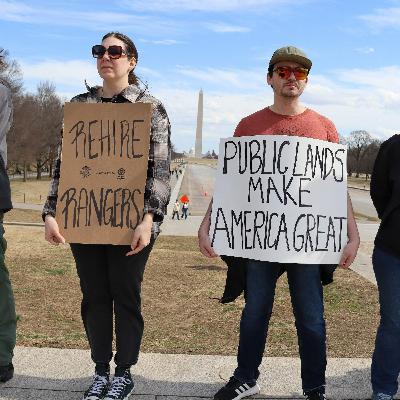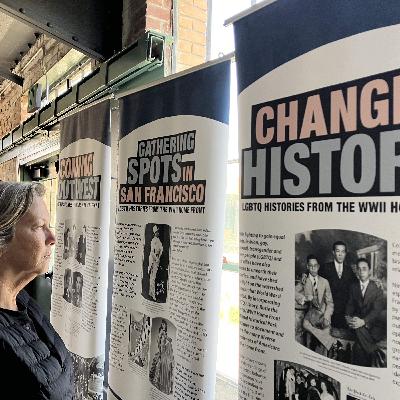Undeveloped
Update: 2024-08-20
Description
What do you mean by "undeveloped" — weren't there people living here?
We're wading through rivers in the nation's first wilderness in New Mexico's Gila National Forest to learn how the idea of capital "W" Wilderness came to be.
Learn more about sponsor message choices: podcastchoices.com/adchoices
NPR Privacy Policy
We're wading through rivers in the nation's first wilderness in New Mexico's Gila National Forest to learn how the idea of capital "W" Wilderness came to be.
Learn more about sponsor message choices: podcastchoices.com/adchoices
NPR Privacy Policy
Comments
In Channel

















